

Haha, our kids do go under our table at times but they know not to go under other people’s tables.
I don’t have much tolerance for absentee parenting either, especially if the kids wind up seeking attention from others, by say going under someone else’s table, because they’re not getting enough attention from their own parents.
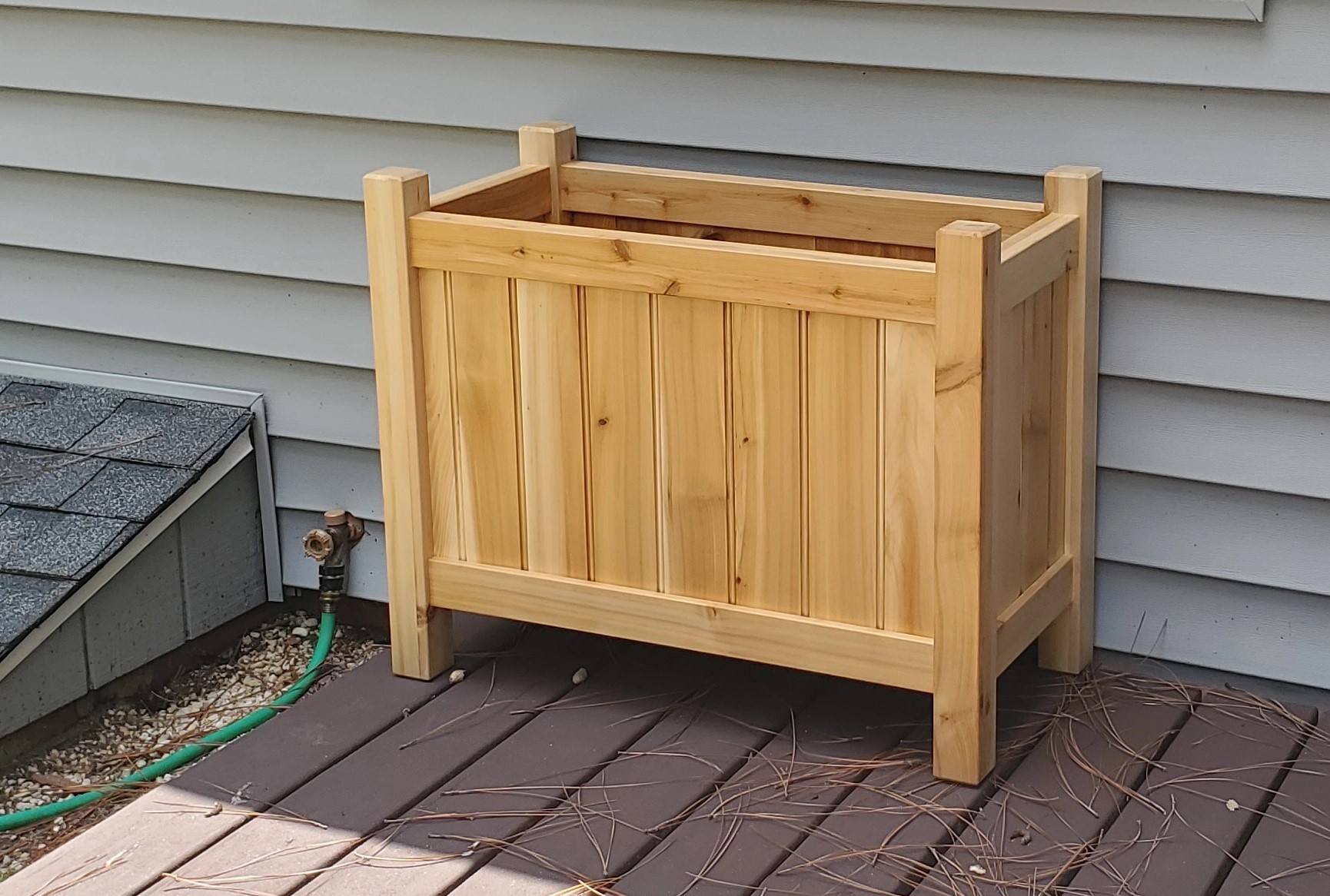
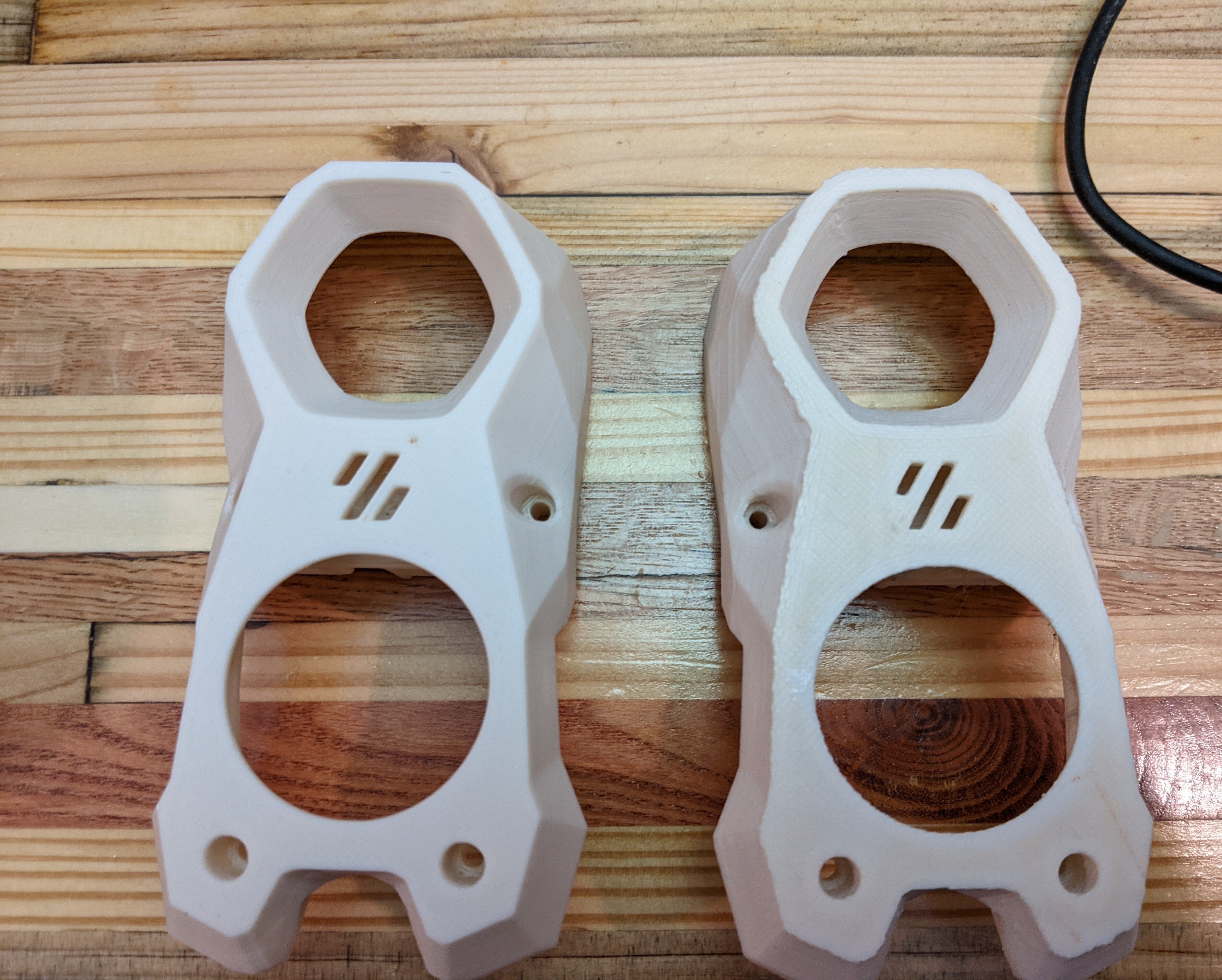





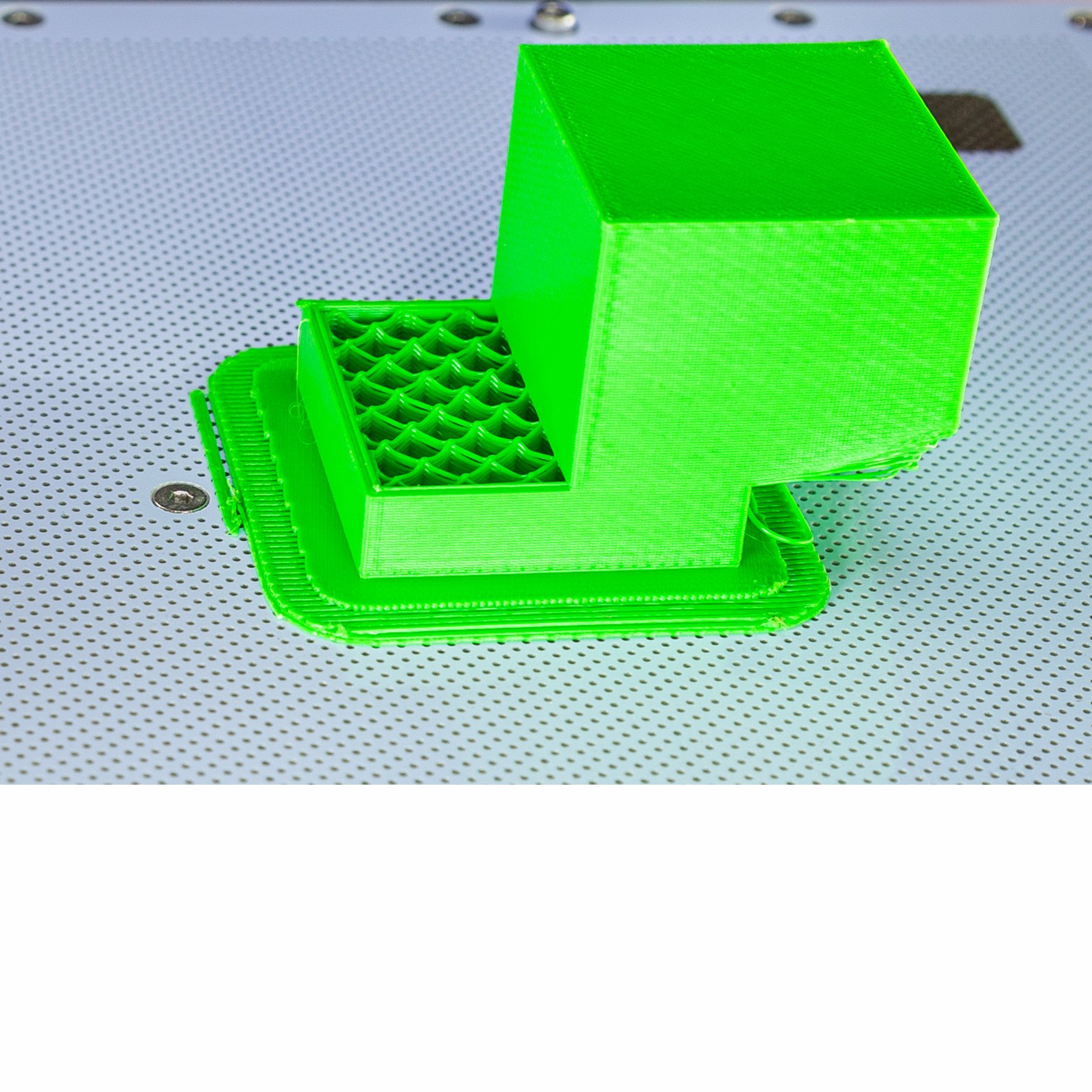
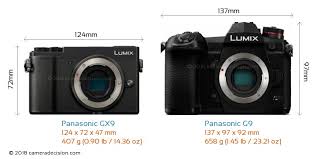
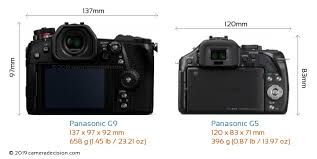



Agree on older gear being cheaper. I’ve taken many a great photo on my D40 ($50-75 on MPB) and D5300 ($225-325 on MPB). Depending on the focal length desired, there are solid used F-mount lenses around for fairly cheap as well. My go-to was the AF-S Nikkor 70-300mm f/4.5-5.6 G IF-ED VR, which is a FF lens, but it still isn’t that heavy. I think I got mine used for $350 10 years ago and have to imagine the price has continued to come down. There’s a lot of fast thrid and first party glass available cheap too.